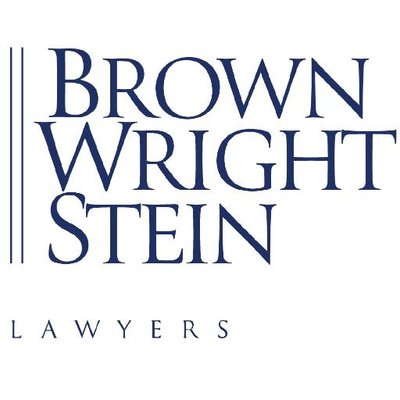Developers – what are your rights when cracks start to appear?
Following the Opal Towers incident over Christmas 2018 and now the recent Mascot Towers cracking incident, the question is being asked: "Who is responsible!?".
In the case of Mascot Towers, residents are receiving financial assistance through interest-free loans and rent assistance. However, further outcry and action is likely with the Owners Corporation Network estimating that 80% of all new units are reported to have some sort of structural defect in NSW, Victoria and Queensland.
Major Defects under the Home Building Act 1989 (NSW) (Building Act)
For developers, the new test for “major defects” introduced to the Building Act in 2015 are favourable. The change in the definition from the terminology of “structural defects” to “major defects” is more restrictive and therefore more likely to result in a reduced number of claims (though likely to be larger in value) in respect to major defects. The change requires a party to determine if the defect is:
(a) in a load-bearing component of the building that is essential to the stability of the building, or any part of it; or
(b) in a fire safety system; or
(c) waterproofing element.
It also requires a determination of whether the defect causes, or is likely to cause, part of the building to be unusable or destroyed/collapsed.
Rectification Focus
The new focus of the Building Act is on rectification. When a breach of the statutory warranty is established, the owners must notify the developer or builder within 6 months. When the developer or builder needs access, the owners must give that access. There is also an obligation on owners to mitigate their loss. The owners obligations assist the developer to rectify the defect/s quickly. The benefit for developers is that these provisions allow for developers to mitigate rectification costs by completing the defects works themselves.
Developers also have a defence to a claim for a breach of statutory warranty when they have reasonably relied upon instructions. To rely on the defence, the developer must have good record keeping. This defence is in addition to the defence that applies when the owners’ corporation instructs the developer to do work which the developer does not recommended.
2% Bond Scheme
The Strata Schemes Management Act 2015 (NSW) has recently introduced a 2% bond scheme to help bolster consumer confidence. The bond scheme applies to contracts for building works relating to multi-story strata units or, if there is no building contract, building works in the construction of new buildings commenced after 1 January 2018.
Developers must pay a bond equal to 2% of the total build cost before an occupation certificate is issued. Developers must arrange an independent inspection no later than 2 years after the completion of the building work. The owners corporation can make claims to the Department of Fair Trading for rectification of any defective work.
Other than the obligation to pay the bond, and the risk the bond may not be refunded if any defective work exceeds that bond, the developer has no further exposure. The costs of rectifying major structural damage can easily exceed the 2% bond. Further major structural defects may not be apparent at such an early stage in the building's life and the inspectors can always issue inaccurate reports.
Cracking under pressure? We can help.
Our property lawyers possess extensive and high-level experience in all aspects of property transactions including commercial, retail and industrial asset acquisition, disposal, leasing, development and management. Together with our dispute resolution team, our lawyers provide strategic advice in both protecting and enhancing the interests of our clients in the resolution of complex property disputes.
The material in this article was correct at the time of publication and has been prepared for information purposes only. It should not be taken to be specific advice or be used in decision-making. All readers are advised to undertake their own research or to seek professional advice to keep abreast of any reforms and developments in the law. Brown Wright Stein Lawyers excludes all liability relating to relying on the information and ideas contained in this article.
contact
Deborah Kent
Special Counsel
E dgk@bwslawyers.com.au
P 02 9394 1056


